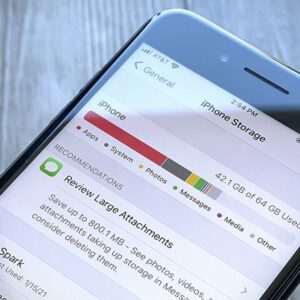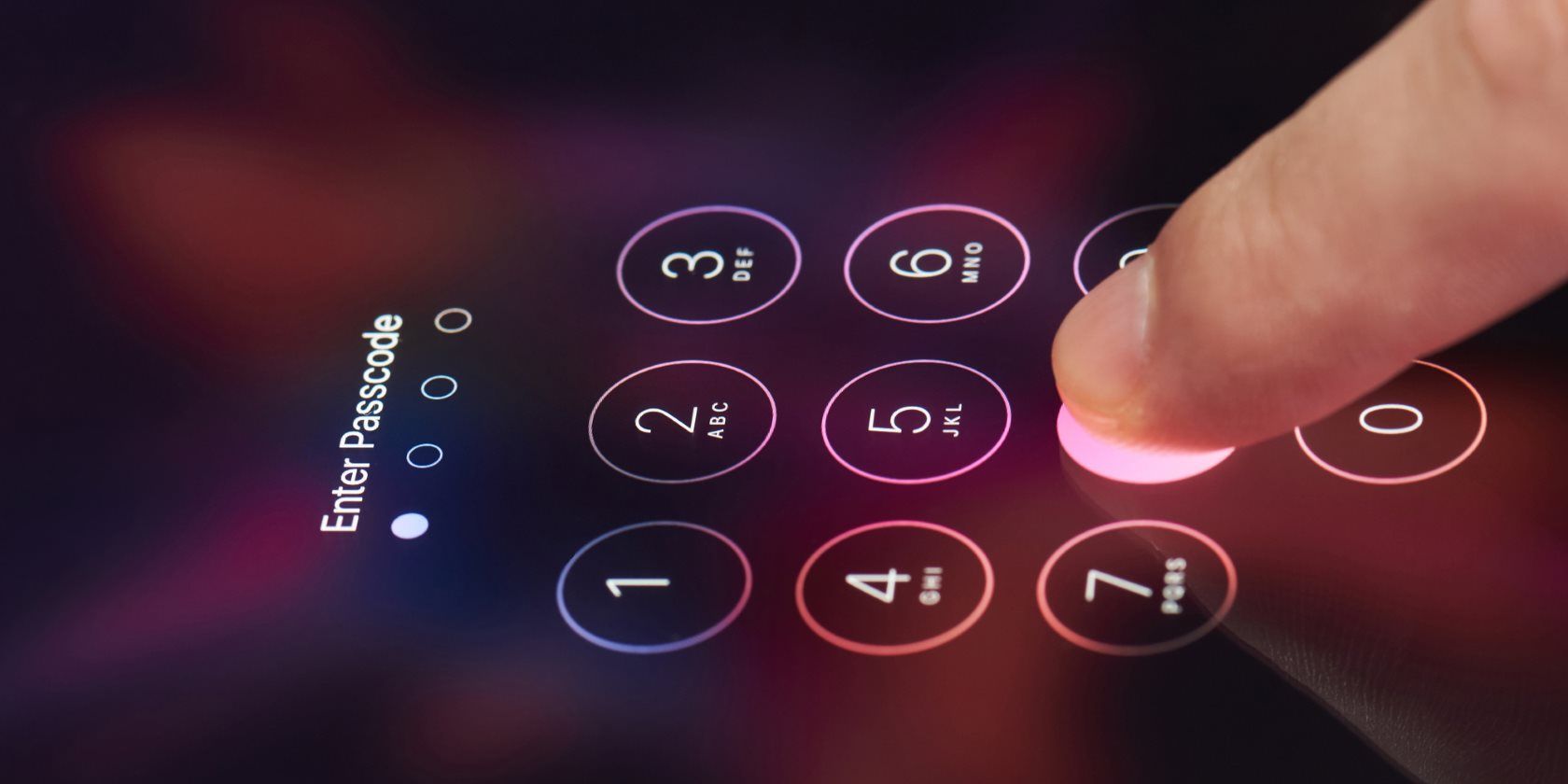Introduction
Ever had that sinking feeling when you realize you’ve been locked out of your iPhone? Yeah, it’s not fun. But believe it or not, the security lockout is there for a good reason. In a world where our phones are like our second brains, protecting the data within them is crucial. Today, let’s dive into the world of iPhone security lockout – what it is, how it works, and most importantly, how to deal with it when it happens to you.
What is iPhone Security Lockout?

So, what exactly is iPhone security lockout? In simple terms, it’s a security feature designed to protect your device from unauthorized access. If someone tries to guess your password and fails multiple times, the lockout kicks in, effectively putting your phone on lockdown. It’s like having a digital bouncer for your personal information.
How Does iPhone Security Lockout Work?
Curious about how it works? Here’s the lowdown: When incorrect passwords are entered consecutively, the iPhone will gradually increase the waiting time between attempts. This can range from a few seconds to several minutes, and eventually, the phone can lock out completely, requiring a reset. The idea is to thwart anyone trying to brute force their way into your device.
Why iPhone Security Lockout is Important
You might be wondering, “Why all this fuss?” Well, it’s all about keeping your information safe. Imagine losing your phone – the person who finds it shouldn’t have an easy time accessing your emails, photos, or bank apps. The lockout is your iPhone’s way of standing guard over your personal data, ensuring that only you have access.
Common Triggers for iPhone Security Lockout
Let’s talk about what triggers this lockout. One of the most common reasons is simply forgetting your password and trying multiple times to remember it. But there are other triggers too – software updates that don’t go as planned, or even hardware malfunctions. Sometimes, a mischievous child playing with your phone can accidentally lock it out!
How to Avoid iPhone Security Lockout
Prevention is better than cure, right? To avoid getting locked out, start with good password habits. Choose a strong, memorable password and avoid sharing it. Make use of Touch ID or Face ID for easier and secure access. Regularly updating your software can also help prevent unexpected glitches that might trigger a lockout.
Steps to Take When You’re Locked Out
So, you’re locked out. Now what? Don’t panic. First, try to remember your password and wait for the lockout period to end. If that doesn’t work, you might need to reset your iPhone. Contacting Apple Support can also provide guidance tailored to your situation.
Resetting Your iPhone
If you’re at the point of resetting, there are a few methods you can use. Connecting your iPhone to iTunes on a computer can help you reset it. Alternatively, if you have Find My iPhone enabled, you can use iCloud to reset it remotely. And if all else fails, putting your phone in recovery mode might do the trick.
Restoring Your iPhone Data
After a reset, restoring your data is the next step. If you’ve been diligent about backups, you can easily restore from iCloud or iTunes. This process will bring back your apps, settings, and personal data, making your phone feel like it’s yours again.
Preventing Future Lockouts
To avoid future headaches, set up recovery options like a trusted phone number or email address. Enabling two-factor authentication adds an extra layer of security, making it harder for anyone to get into your account, even if they have your password.
Using Third-Party Tools and Software
There are also third-party tools that claim to help with security lockouts. While some can be useful, it’s important to be cautious. Always use reputable tools and remember that the best solution is often the official one provided by Apple.
Impact of Security Lockout on Daily Life
Getting locked out of your iPhone can be a real disruption. Imagine not being able to access your contacts, messages, or apps. It’s a reminder of how much we rely on these devices. Preparing for such scenarios can save you from a lot of stress.
Legal and Ethical Considerations
There’s a broader discussion to be had about privacy and ethics. The security lockout feature is designed to protect your data, but it also raises questions about access in emergencies. Balancing security and accessibility is an ongoing debate in the tech world.
User Testimonials and Stories
Hearing from others who’ve been through a lockout can be enlightening. Many users share stories of frustration but also relief when they manage to regain access. These experiences highlight the importance of understanding and preparing for security lockouts.
Conclusion
In the end, the iPhone security lockout is a vital feature for protecting your personal information. While it can be a nuisance if triggered accidentally, knowing how to handle and prevent it can save you a lot of trouble. Remember, your iPhone is like a digital vault – and a vault’s no good if just anyone can open it.
FAQs
What should I do if I forget my iPhone password? If you forget your password, you’ll need to reset your iPhone. You can do this using iTunes, iCloud, or recovery mode. Just follow the steps to restore your device and set a new password.
Can I disable the security lockout feature? No, you cannot disable the security lockout feature. It’s an integral part of iPhone’s security system designed to protect your data.
How long does the security lockout last? The duration of the lockout increases with each failed attempt. It starts with a few seconds and can go up to several minutes. In some cases, the phone can lock out completely until reset.
Is it possible to recover data after a complete reset? Yes, if you have a backup on iCloud or iTunes, you can recover your data after resetting your iPhone. Always ensure you have regular backups to avoid data loss.
How can I contact Apple Support for help? You can contact Apple Support through the Apple Support app, the official website, or by visiting an Apple Store. They can guide you through the steps to regain access to your locked iPhone.





